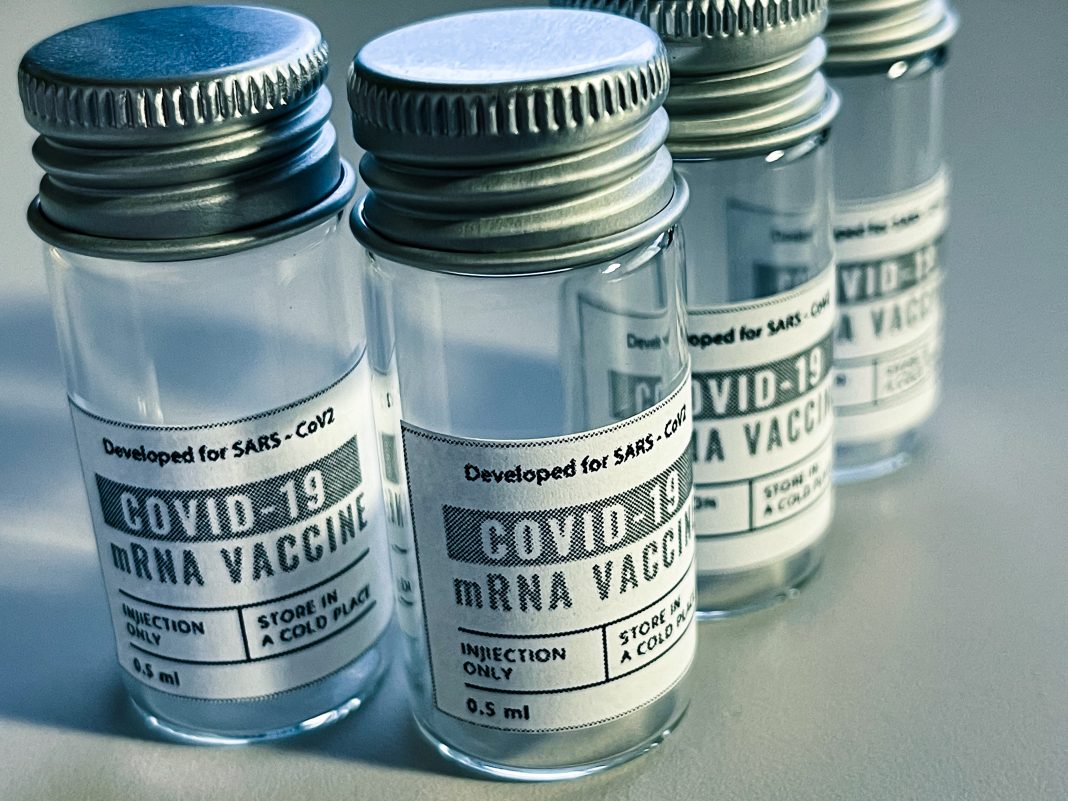Freeze-drying is the benchmark technology for drying vaccines and other biotherapeutics. However, it is expensive, time-consuming, and incompatible with continuous manufacturing. Other technologies, therefore, are needed.
The approval of mRNA vaccines exacerbated the challenge, as research on vaccine formulation and stabilization hasn’t yet caught up to advances in vaccine design. “It is, therefore, necessary to tackle the stabilization problem of vaccines from various angles,” Ahmad Ziaee, PhD, postdoctoral fellow at the SSPC, Science Foundation Ireland Research Center for Pharmaceuticals, Bernal Institute, University of Limerick, tells GEN. He and colleagues assessed drying alternatives in a comprehensive article in Advanced Drug Delivery Reviews.
Of the many drying possibilities, he cites fluid air polar dry spray drying as having significant potential. It combines electrohydrodynamic atomization and spray drying. “The manufacturers claim the electrostatic charge on the surface of the droplet drives the polar water molecules to the surface while the solid content stays in the center. This facilitates the drying process and formation of bulk solid particles at lower temperatures,” Ziaee explains.
Other options
Other promising options include microwave vacuum drying and continuous spin freeze drying pioneered, respectively, by EnWave and RheaVita, as well as electrostatic spray drying and continuous freeze drying.
“There are many newly developed drying techniques with immense potential for the vaccine industry, but there is no one-size-fits-all recipe for drying vaccines,” he says, as “understanding the heat and dehydration stability profile of the vaccine is of utmost importance.
“There are two main challenges in integrating continuous drying techniques in the vaccine industry,” Ziaee continues.
Regulatory hurdles are the first. Since the manufacturers need to submit all the changes due to the addition of drying step for evaluations by regulatory bodies, it is more difficult, expensive, and time-consuming to incorporate new drying techniques into existing manufacturing processes. However, integrating these drying techniques into the manufacture of new vaccines is relatively straight-forward.
The second challenge is to ensure vaccine stability during the drying process. “Applying heat or dehydration, and making changes in the air-water interface, pH, and surface tensions could all affect the stability of vaccines,” he points out. “These challenges could be overcome by selecting the most suitable drying techniques in the first place. Using Quality by Design (QbD) principles can then optimize the process for that specific type of vaccine.”
The innovative drying technologies being developed now provide what Ziaee says are “golden opportunities for the vaccine industry to transition from traditional batch manufacturing to more robust, faster, safer, and more cost-effective continuous manufacturing techniques.”


